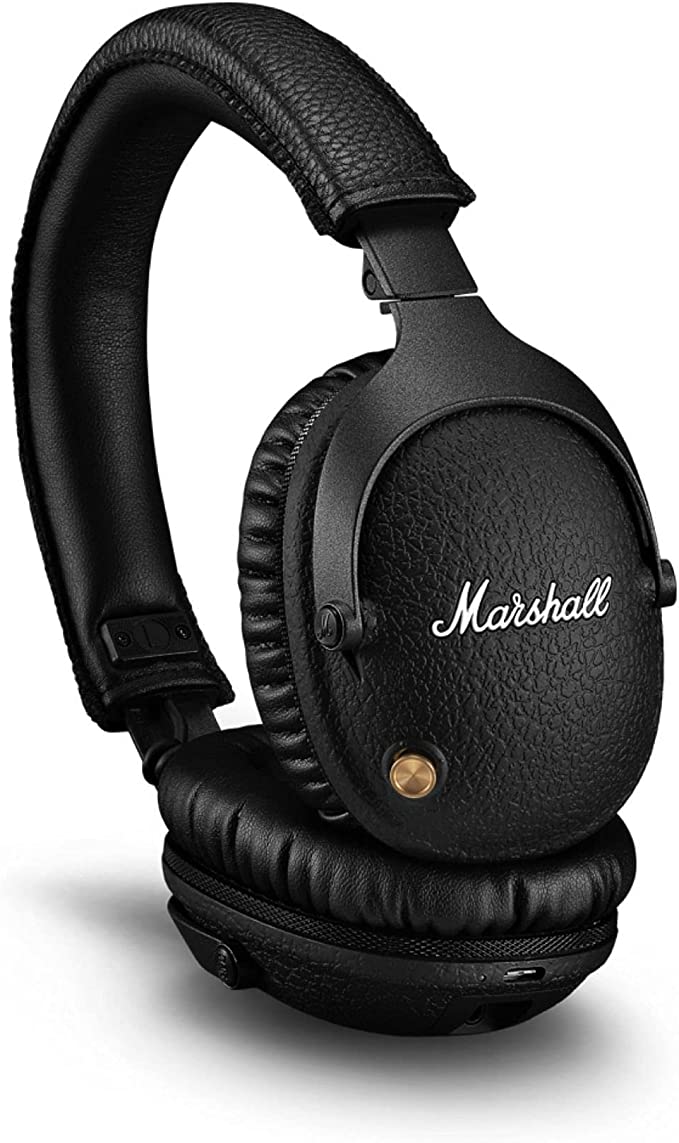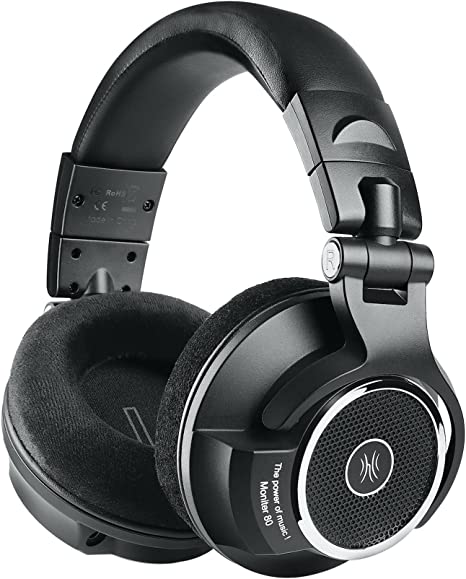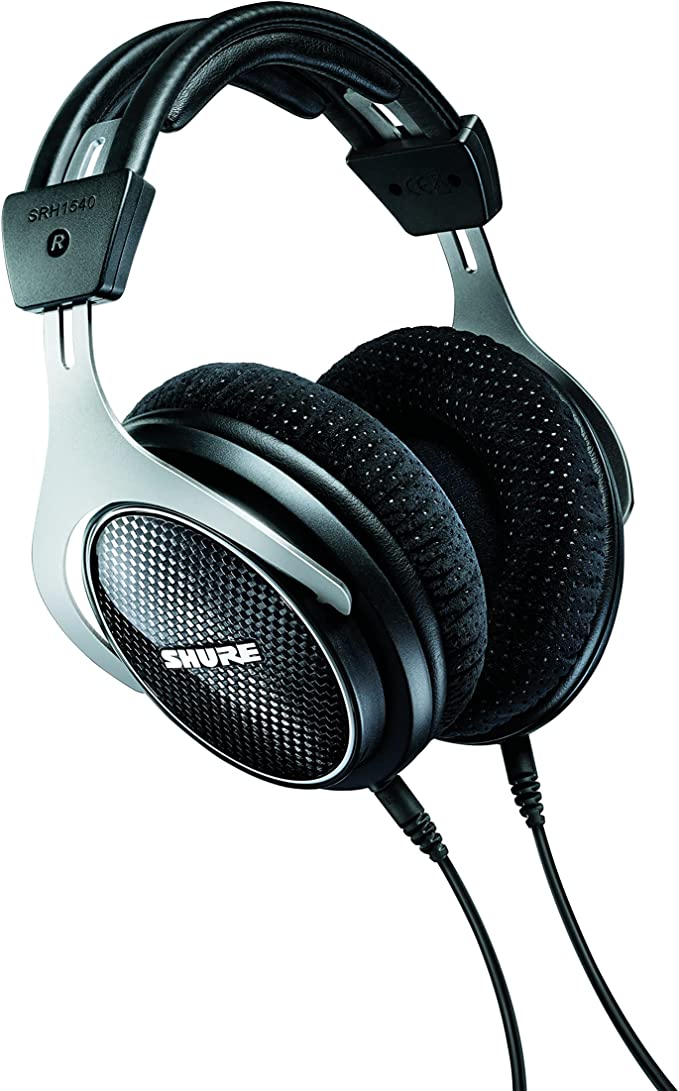Sony MDR-G45LP Neckband Headphones: Lightweight and Hassle-Free Listening
Update on June 27, 2025, 3:24 p.m.
In the endless scroll of online marketplaces, amidst a sea of sleek, anonymous true wireless earbuds promising revolutionary AI features for under $50, you might stumble upon a ghost. It’s a pair of Sony headphones, model MDR-G45LP. They look dated, a relic of thin plastics and unapologetic wires from 2012. Then you see the price: $129.95. And there’s only one left in stock.
The immediate reaction is disbelief, followed by a question. Why would anyone pay premium money for a decade-old piece of wired technology in a world that has decisively cut the cord? Is it mere nostalgia for a bygone “Street Style” era? The answer, it turns out, is far more fascinating. The enduring value of the MDR-G45LP isn’t just about sentiment. It’s a masterclass in applied physics, clever acoustics, and a design philosophy that the modern tech industry seems to have forgotten. It’s a puzzle, and the clues are hidden in its deceptively simple design.
The Physics of a Flawless Fit
The first and most obvious clue is the unique form factor: the behind-the-neck headband. For anyone who has ever had an earbud tumble out mid-stride or fought with a traditional headband that clashes with a hat or crushes a hairstyle, this design is a revelation. But its genius isn’t just aesthetic; it’s a direct application of Newtonian physics.
Think of your head during any active movement, like running, as an inverted pendulum. A traditional headphone places its mass at the very top, the point of maximum swing. This creates a higher moment of inertia, meaning it resists changes in motion less effectively and is prone to bouncing and slipping. The MDR-G45LP’s design brilliantly inverts this. By placing the lightweight band on the nape of the neck, it dramatically lowers the entire system’s center of gravity. Just like a tightrope walker holding a low pole, this creates inherent stability. The earpieces aren’t clamped to your head; they rest securely because physics is holding them in place.
This effect is amplified by its astonishingly low mass. At less than two ounces (or 55 grams), the headphones have minimal inertia. They don’t fight against your movements; they become a part of them. This is why users praise their “non-slip” nature. It’s not a sticky coating—it’s just elegant, weight-conscious engineering.
The Engine of the Audio
Stability is only half the story. The sound must justify the wire. Here we find the second clue: the 30mm diameter drive units. In the world of portable audio, that’s a significant size.
It’s helpful to think of a headphone driver as the engine of the sound. The diaphragm, the part that vibrates to create sound waves, is like a piston. A larger piston can move a greater volume of air with each stroke. This has profound acoustic consequences. It allows for the reproduction of low-frequency sound waves with authority, creating a deep, resonant bass that smaller drivers simply cannot physically produce. Furthermore, a larger driver doesn’t have to work as hard or move as erratically to produce a given volume, which results in significantly lower distortion and a cleaner, more detailed sound.
Consider its birth year, 2012. At the time, Bluetooth audio was in its infancy, relying on the basic, heavily compressed SBC codec that often sounded flat and lifeless. A wired connection to an iPod or smartphone, powered by these capable 30mm drivers, offered a listening experience that was orders of magnitude richer and more dynamic. The wire wasn’t a flaw; it was a high-fidelity pipeline.

The Unsung Hero of Durability
The final piece of the puzzle explains why these headphones haven’t just faded away but have physically survived to command such a price: the corrosion-resistant mini-plug. This seemingly minor detail is a crucial lesson in material science.
The 3.5mm plug is a point of constant physical stress and environmental exposure, especially to the sweat and humidity of an active lifestyle. On a standard plug, this moisture triggers an electrochemical reaction—oxidation, or rust—on the metal contacts. This corrosion layer is a poor conductor of electricity, leading to the dreaded static, crackling, and eventual failure of one or both audio channels.
The MDR-G45LP’s defense is a micro-layer of one of Earth’s most noble metals: gold (Au). Gold is not only an excellent conductor, but it is also chemically inert. It doesn’t react with oxygen or the salts in sweat. That simple gold plating acts as an incorruptible guardian, ensuring a clean electrical signal passes through year after year. It’s the reason why a pair bought a decade ago can still work flawlessly today, a testament to building things to last.
A Verdict on Purposeful Design
Assembling the clues, the picture becomes clear. The Sony MDR-G45LP commands its price not as a collector’s item, but as a highly specialized tool that remains, for a specific user, one of the best solutions ever created. It is for the runner who wears a beanie in winter, the gardener who needs to hear their surroundings, or anyone who values absolute stability above all else.
Of course, it is not perfect. As some users with glasses rightly point out, the design creates an ergonomic conflict, with the headphone arms and eyeglass temples vying for the same precious space behind the ear. It’s a classic trade-off, a reminder that design is a series of focused choices. It also lacks a volume control, a quaint anachronism in our multi-function world.
Ultimately, this headphone is a quiet rebellion. It stands in stark contrast to the modern tech ethos of feature creep and planned obsolescence. It has no app, no firmware to update, no battery to degrade. By committing to do a few essential things with profound mechanical and material intelligence, it has achieved a functional immortality. It challenges us to reconsider what “progress” really is, suggesting that sometimes, the most elegant solution is not the newest, but the one that most perfectly, and simply, gets the job done.



























































